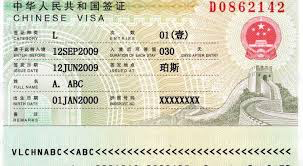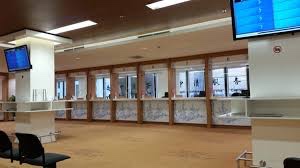So I returned to Shanghai after only 10 days at home… Again a long flight but this time I was more lucky… I had obtained a cheap (well cheap… let’s jst say not so expensive) business class flight. Always good to sleep on the flight east. This time my route was different, first from the best to the worst airport in the World (my regular readers know exactly what I mean) and then a direct flight to Shanghai. Not with KLM/Air France but with China Eastern. Is not bad, and the chair was good so I actually slept good. That really helps.
Hotel “near” the airport
My hotel was booked and was allegedly close to the airport. I was picked up by a hotel shuttle. Indeed an old small bus arrived that picked me up and drove for 45 minutes to the hotel. Driver and security guy (??) were smoking heavily and driving like a maniac.
But I survived and arrived at the hotel around 11 in the morning.
That was no problem apparently, I got my room and decided to immediately get some sleep. Well no problem… getting the room and making myself understandable was a problem. Nobody spoke English. Not a single word…. They all used their phones where they spoke something Chinese and then the phone would display the English text. Sounds good but “Basic how you do brush rooms” was not really comprehensible.
Luckily I had somebody in China that I could call (I still had my Chinese SIM card (See: Shanghai AUTOSAR) So after a few phone calls my room was ready. A very weird room, there was a window but very high and that only showed a hallway… But I was tired so I went to sleep for 2 hours.
MagLev
So the hotel was pretty far from the airport. Checking the map showed me that it was pretty far from everything… Shanghai is big. Seriously big… So the shortest and definitively fastest way to go to town was to use the MagLev (Magnetic Levitation) Train from the airport. I could use the hotel shuttle to get there (When it drove…) or a Taxi. (I managed to get WeChat running and Didi, Chinese Uber, so I could easily take a cab.
From the Airport you’d have to walk a bit but between the 2 terminals was the train station where the MagLev would launch….
What is MagLev? Well, it is the German “Magnetschwebebahn” the magnetic glider train. The tracks are supercooled magnets that lift the train and also cause it to move forward. Brilliant concept. Uses a lot of power unfortunately. In Germany a very heavy accident happened on the test track (not far from my home in the Netherlands) and then the project was topped but China has bought the technology.
It is really a pity that the concept is not used more often. The 32 kilometer from the airport to the city took me about 6 minutes. Imagine that Munich… traveling to the city in less than 10 minutes instead of sitting in a crappy S-Bahn for over an hour….
The train travels with a top speed of 430 km/h. Unfortunately they did not always reach that speed, most of the time they limit that (due to power reasons I think) to 330 km/h. Still breathtakingly fast but not 430.
Testing
In Shanghai I visited the office of my friends at BTC, from test Conductor, and also the MagLev made me think about testing.
Of course driving around with 430 km/h requires a lot of safety relateed software which also requires a lot of testing.
For those who use Rhapsody but have never heard of TestConductor: shame on you! Test Conductor is a fantastic add-on to Rhapsody that helps you to setup your testing inside of Rhapsody. It uses Sequence Diagrams to create test-cases (But you can also create your own using code, Sequence Diagrams aor Flow-charts) and to run the tests.
You can automatically create test-architecture, create tests and run them. The tests, the results and more is stored in your Rhapsody Model includeing references to the tested elements.
TestConductor can cooperate with the Willert Target Debugger to let your tests run on your target! It can also create coverage reports, for model, code and requirements!
It is really very easy to use, you will find a thorough manual and a very well structured getting Started in your Rhapsody Directory “Samples” (Next to the Share directory) Check under Csamples and CppSamples to find the TestConductor directory. In there is the “Testing Cookbook” which tells you exactly how it works!
Interested? Ask me for a test license
That’s it, have fun testing with Rhapsody!
Walter van der Heiden ( wvdheiden@willert.de )




